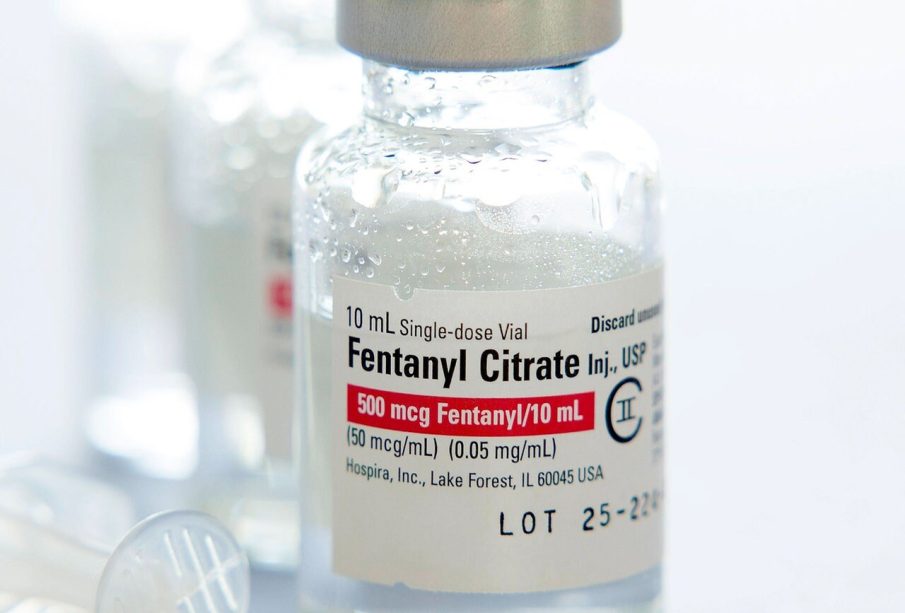The Fentanyl Crisis: An Urgent Public Health Issue

Introduction
The growing opioid crisis revolving around fentanyl has become a significant concern for public health officials globally. Fentanyl, a synthetic opioid that is 50 to 100 times more potent than morphine, has been linked to a dramatic increase in overdose deaths in recent years. With its rising prevalence on the streets and within healthcare systems, understanding the consequences and preventive measures related to fentanyl is more crucial than ever.
The Rise of Fentanyl
Fentanyl was initially developed in the 1960s for medical use to treat severe pain, particularly in cancer patients and those undergoing major surgeries. However, by the 2010s, illicit variations of the drug began flooding the black market, often mixed with other substances like heroin or cocaine, frequently without users’ knowledge. According to the National Institute on Drug Abuse (NIDA), fentanyl was involved in nearly 70% of all opioid overdose deaths in 2021, highlighting its lethal impact.
Consequences and Response
Health officials have noted a staggering increase in emergency room visits and fatalities related to fentanyl overdoses. In 2020 alone, the Centers for Disease Control and Prevention (CDC) recorded over 91,000 drug overdose deaths in the U.S., with fentanyl accounting for a significant portion of these incidents. In response to the epidemic, various federal and state initiatives are being implemented. For instance, lawmakers are focusing on increasing access to naloxone, a medication that can reverse opioid overdoses, and promoting education programs on the dangers of fentanyl use.
Community Efforts and Future Outlook
Local communities are also mobilizing to combat the fentanyl crisis. Harm reduction strategies are emerging across the nation, with organizations providing safe usage supplies, informing users about overdose risks, and encouraging treatment solutions. Moreover, pharmaceutical data indicates that new formulations may reduce the abuse potential of opioids, contributing to less illicit use while ensuring that necessary pain management isn’t compromised.
Conclusion
The fentanyl crisis poses a multifaceted challenge to public health, law enforcement, and individuals alike. As the situation progresses, efforts to raise awareness, foster safer practices, and enhance treatment options remain paramount. The public must remain informed about the risks associated with fentanyl and the implications for communities everywhere. With continued collaborative efforts, it is possible to mitigate the devastating effects of this potent opioid and save lives.









